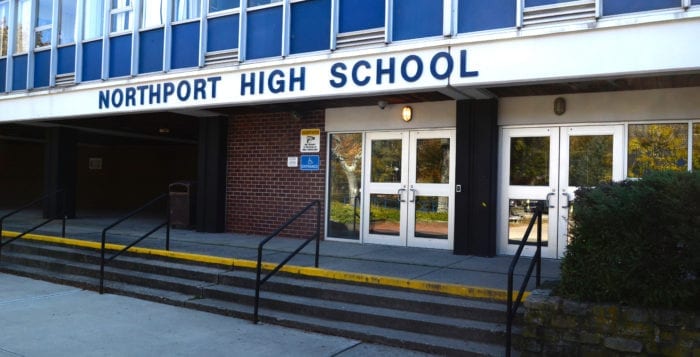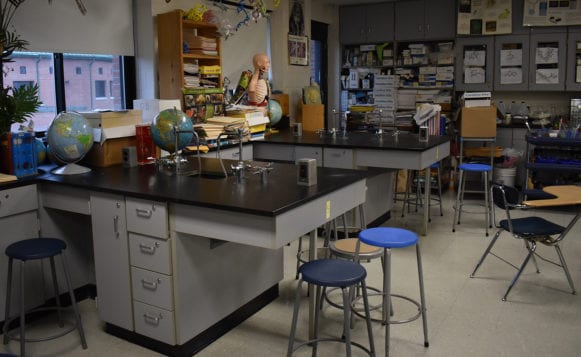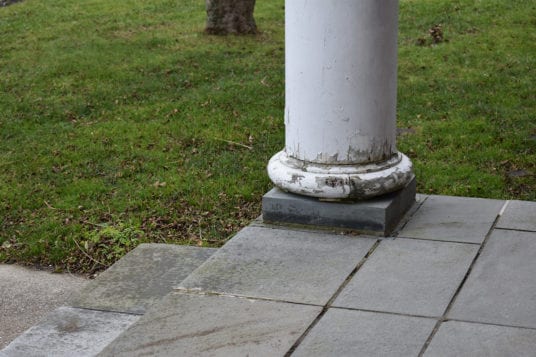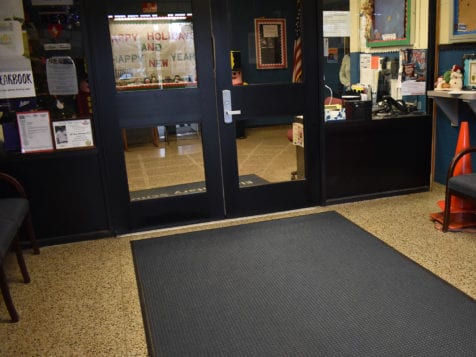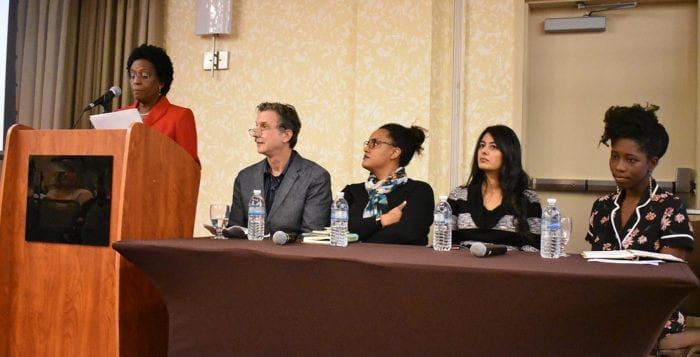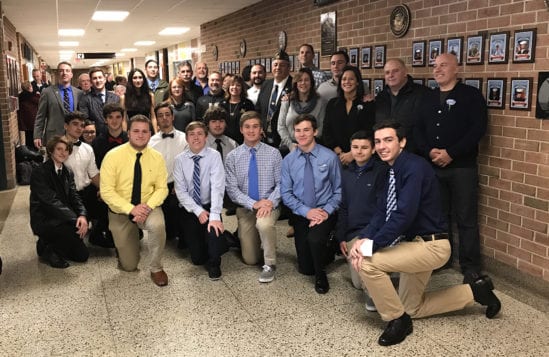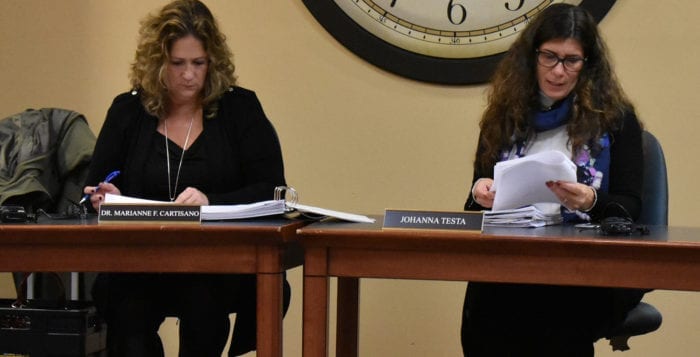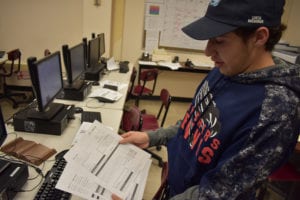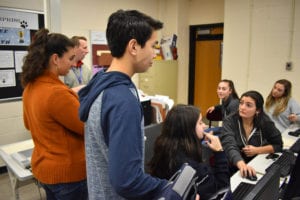A traffic study of Laurel Hill Road conducted following a serious September accident found that drivers’ “poor behavior” makes roadway conditions significantly worse outside Northport High School, according to Town of Huntington officials.
The town’s Department of Transportation and Traffic Study conducted a study following the Sept. 4 accident involving 14-year-old Miles Lerner. Miles was an incoming freshman walking to cross-country practice at Northport High School when he was struck by a 2005 Honda sedan traveling eastbound on Laurel Hill Road at 8:06 a.m., according to Suffolk County police. He was airlifted to Stony Brook University
Hospital with a traumatic brain injury.
Following the incident, Supervisor Chad Lupinacci (R), a citizen’s advocate and town employees met with members of the Northport-East Northport school district and Suffolk County Police Department’s 2nd Precinct Sept. 14 to discuss the accident and pedestrian traffic in the area. As a result, the town decided to undertake a traffic study of Laurel Hill Road, which is in the town’s jurisdiction, the result of which was shared with school officials and police officers at a Nov. 27 meeting.
“The next steps are to meet with the school district’s architect, Suffolk County and residents to discuss the town’s traffic study and plans for improvements along Laurel Hill Road and on the school property.”
— Scott Spittal
“Our Traffic Safety team has been carefully analyzing the data they collected from vehicular as well as pedestrian bicycle traffic to formulate a recommendation that will make our roads safer for student walkers, reduce driver frustration and achieve an overall traffic calming effect, especially during those critical pick-up and drop-off times,” Lupinacci said.
From Sept. 19 to 27, town employees placed traffic counting devices along Laurel Hill Road and the driveways that provide access to and from the high school to collect data on traffic volumes and speed. The data showed an average of 420 vehicles traveled eastbound and roughly 500 vehicles westbound on Laurel Hill Road during the peak morning hour of 7 to 8 a.m. weekdays, compared to an average of 40 to 50 cars on weekends. The 85 percentile of vehicles were clocked traveling at approximately 45 mph eastbound and 39 mph westbound, nearly twice the school speed zone restriction set at 20 mph. The average number of vehicles counted traveling on Laurel Hill Road during the peak 2 to 3 p.m. hour was between roughly 220 to 240 cars in each direction.
“Conditions are made worse due to poor driver behavior that was observed, including drivers speeding, dropping off students in the westbound Laurel Hill Road shoulder area and travel lane, and using the westbound Laurel Hill Road shoulder to bypass the queue of vehicles waiting to enter the school’s westernmost driveway along Laurel Hill Road,” read the town’s report.
In addition, Huntington transportation and traffic employees noted that buses and vehicles made “precarious” left turns out of the school’s easternmost driveway on Laurel Hill Road, close to the intersection with Elwood Road.
Based on these findings, the town had produced a concept plan that suggests adding an exclusive westbound left turn lane on Laurel Hill Road to reduce driver frustration for westbound motorists looking to travel through the area, which would be achieved by reducing the width of the existing shoulder areas on both sides of the roadway. This would have the added benefit of eliminating the ability of drivers to use the shoulder to bypass the travel line and drop off students in the westbound shoulder of Laurel Hill Road, according to the town’s report.
“The next steps are to meet with the school district’s architect, Suffolk County and residents to discuss the town’s traffic study and plans for improvements along Laurel Hill Road and on the school property,” said Scott Spittal, Huntington’s director of transportation and traffic safety.
One downside to the Town of Huntington’s proposed concept plan is it would eliminate on-street parking in the eastbound shoulder of Laurel Hill Road, or approximately 25 spaces.
“The superintendent is appreciative of the town’s efforts in conducting the traffic safety study, however, it is too early to render any reaction since the preliminary recommendations were just released Nov. 27,” Mike Ganci, spokesman for Northport school district said in a statement.


